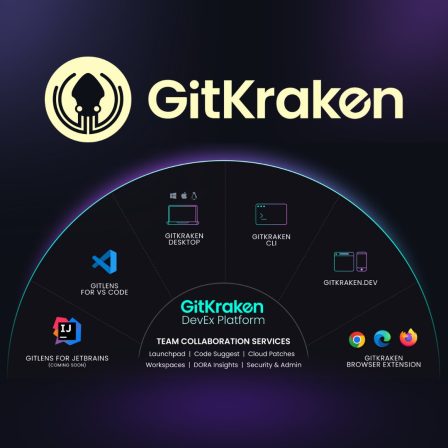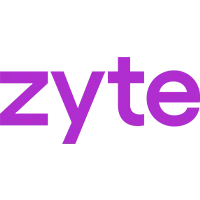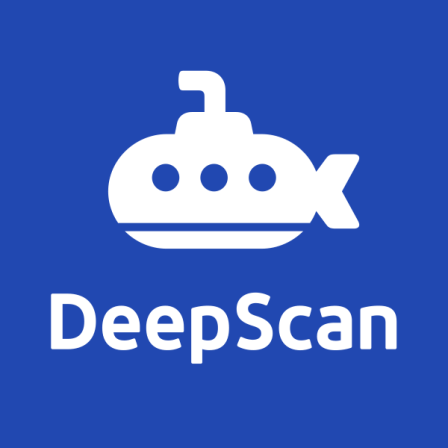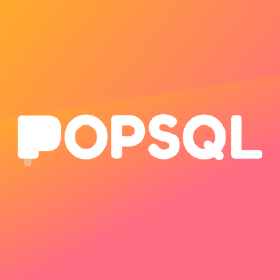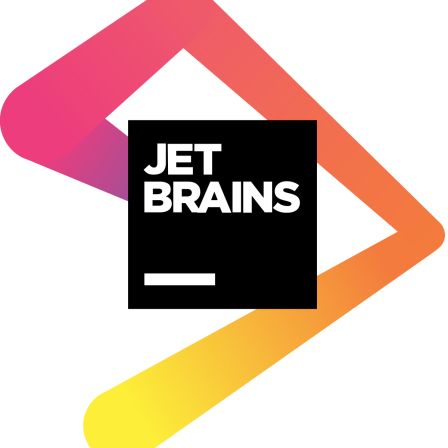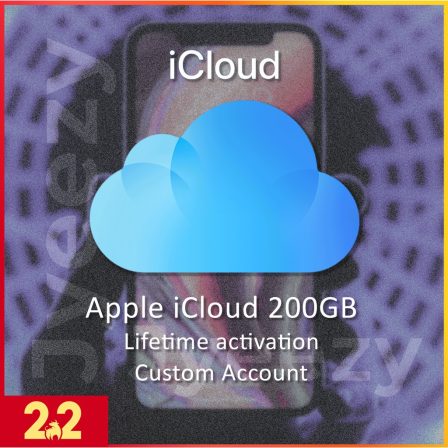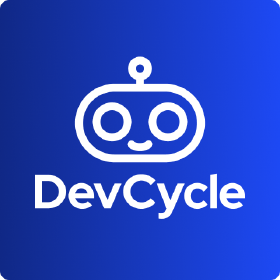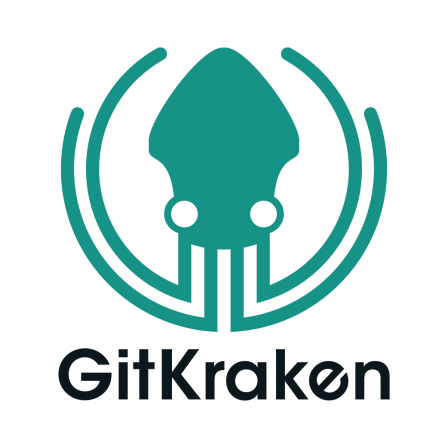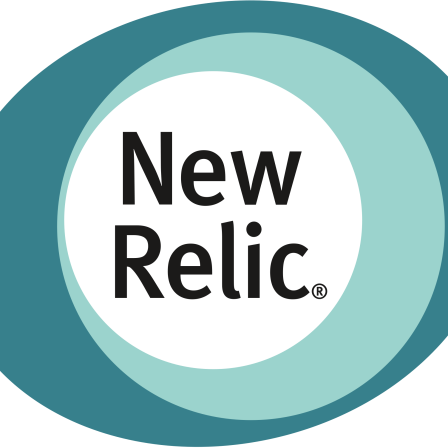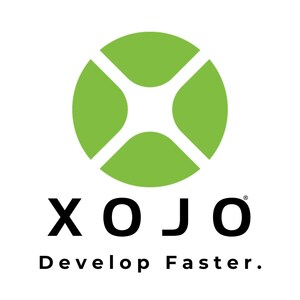There is no item in your cart
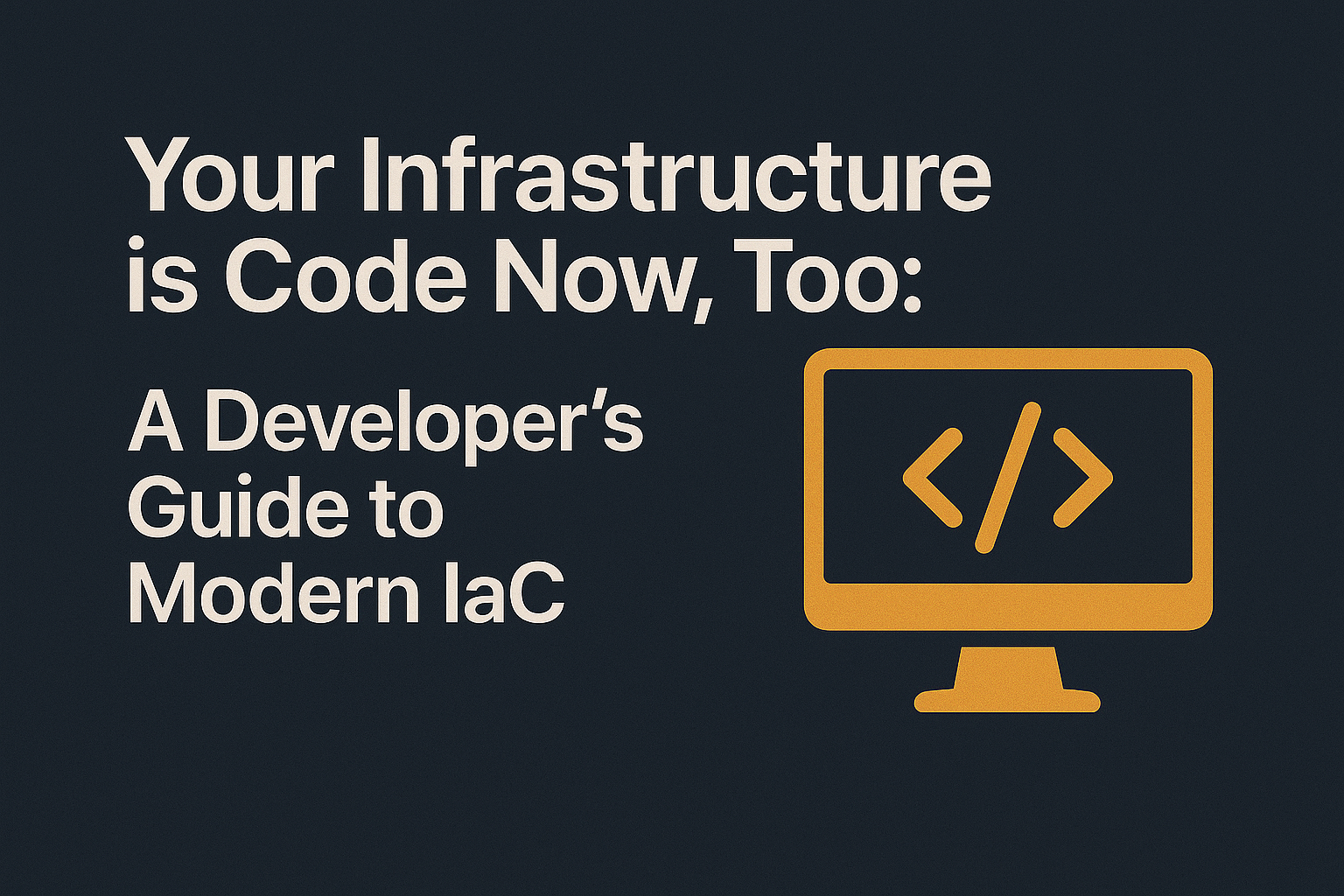
Your Infrastructure is Code Now, Too: A Developer’s Guide to Modern IaC
Remember when deploying a new server meant logging into a cloud provider’s web console, clicking through a dozen menus, and hoping you didn’t miss a critical checkbox? That era of manual, error-prone infrastructure management is over. Welcome to the age of Infrastructure as Code (IaC).
For years, IaC, led by tools like Terraform, has allowed us to define our infrastructure in configuration files. But a new evolution is taking place. Developers are no longer content with learning a custom Domain-Specific Language (DSL) like HCL. The new frontier is using the real programming languages we already know and love—like TypeScript, Python, and Go—to define and deploy our infrastructure.
The Evolution of IaC: From DSLs to Real Code
- Generation 1 (Declarative DSLs): Tools like Terraform revolutionized infrastructure by allowing us to declare our desired state in a custom language (HCL). This was a massive leap forward, making infrastructure versionable, repeatable, and reviewable.
- Generation 2 (The New Wave – Real Programming Languages): Tools like Pulumi and the AWS Cloud Development Kit (CDK) lead this new wave. The question they answer is simple: “Why learn a new, limited language when you can use the full power of a language like TypeScript, with its loops, functions, classes, and robust IDE support?”
Why Use a Real Programming Language for Infrastructure?
- Powerful Abstraction & Reusability: You can create your own functions and classes to build reusable infrastructure components. Imagine creating a
NewWebAppclass that, with one line of code, provisions a server, a database, a load balancer, and all the necessary monitoring alerts. - Logic and Control Flow: Need to deploy 10 slightly different testing environments? A simple
forloop is all you need. Want to provision a resource only if a certain condition is met? Use anifstatement. This level of dynamic control is difficult to achieve in a DSL. - Testing Your Infrastructure: You can write unit tests and integration tests for your infrastructure code using the same testing frameworks (like Jest or Pytest) you already use for your application code. This allows you to catch errors in your infrastructure logic before ever running
deploy. - A Superior IDE Experience: Leverage the full power of a professional IDE like [JetBrains] with intelligent autocompletion, type-checking, and refactoring capabilities for your infrastructure code—something a simple DSL can never fully replicate.
Conclusion
While declarative DSLs like Terraform remain powerful and popular, the trend is undeniably moving towards using general-purpose programming languages to manage infrastructure. This shift empowers developers, allowing them to manage the full stack with a unified set of tools and skills. It transforms infrastructure from a static configuration file into a dynamic, testable, and highly abstractable piece of software.
Building and managing modern infrastructure requires a professional toolkit. Whether you’re using Terraform or a modern SDK like Pulumi, a powerful IDE from [JetBrains] can make you more productive. Securing your infrastructure code’s secrets is non-negotiable, which is where [Doppler] comes in. And to ensure your new infrastructure is performing well, an observability platform like [New Relic] is essential. Explore the tools for full-stack professionals at SMONE.


